Understanding nuances of relevant techniques is a pre-requisite to conservation. The present book Resource Conservation Technologies For Food Security and Rural Livelihood is a sincere attempt to descramble the theoretical and operational complexities of resources conservation technologies being adopted in various agro-ecological conditions. Sustainable human survival is at stake in the wake of serious erosion, pollution and at times destruction of natural resources. On the other hand the most crucial land and water resources are shrinking at an alarming rate and are prone to ever increasing diversion to non-agricultural use. Under such a scenario long term profitable and sustainable production of food, feed and fibre for meeting the human and livestock requirements can be made possible through conservation and judicious use of natural resources.
The Book covers main as well as applied aspects of resource conservation techniques (RCTs). Chapters on RTCs for resource saving in cropping systems and farming systems of Indo-Gangetic plains provide in depth information on minor details about applicability of such technologies for diversification of input gies for diversification of input use and recycling while maintaining the soil health and ecological balanve.
Overall the book deciphers on the practical techniques for easy adoption of reduced tillage, residue retention and croop rotation, the basic components of conservation agriculture of enhancing land and water productivity.
The book is highly informative and useful for the people involved in the development of resource conservation technology. The book covers main as well as applied aspects of resource conservation techniques (RCTs). Chapters on RCTs for resource saving in cropping systems and farming systems of Indo-Gangetic plains provide in depth information on minor details about applicability of such technologies for diversification of input use and recycling while maintaining the soil health and ecological balance.
Lucid information on application of modern techniques like GIS, IT and simulation modelling for crop management based on conservation agriculture principles makes it useful for precision agriculture proponents. Potential of RCTs for mitigation and adaptation to climate change has been well covered. Utility of RCTs for enhancing water productivity and maintenance of soil health for overall improvement in factor productivity of agricultural sector is discussed under various agro-climatic scenarios.
Aspects like integration of resource conservation technologies with aquaculture and livestock management for internalizing the externalities and supporting the closed cycles of resource utilization in place of open ended cycles present practical ways to achieve the desired goal of sustainable agricultural growth and ensured food and livelihood security on sustainable basis. Overall the book deciphers on the practical techniques for easy adoption of reduced tillage, residue retention and crop rotation, the basic components of conservation agriculture, for enhancing land and water productivity.
The book is highly informative and useful for the people involved in the adoption, promotion and development of resource conservation technology.

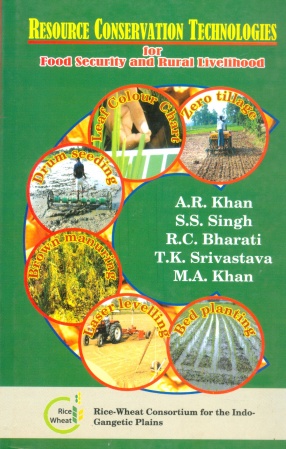
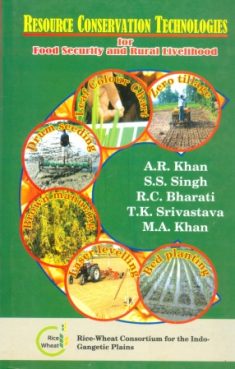
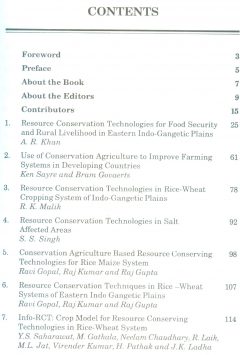
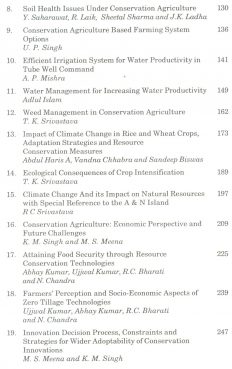
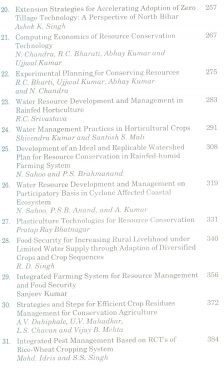
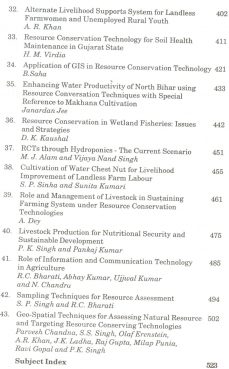
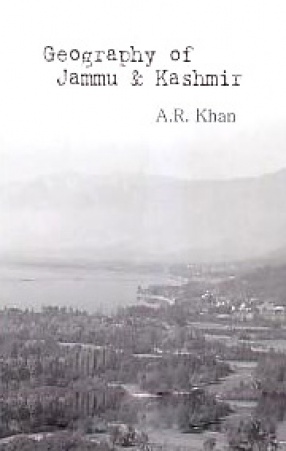
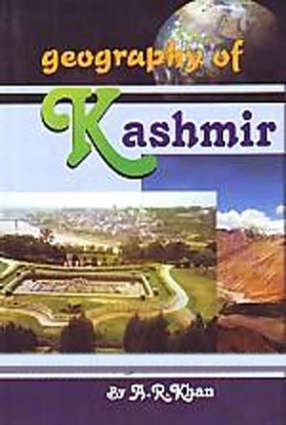
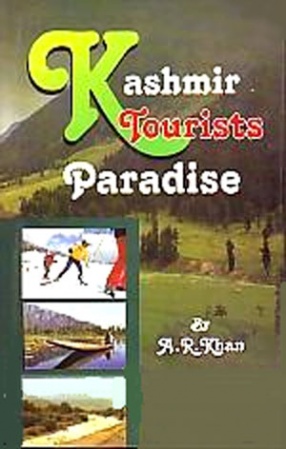
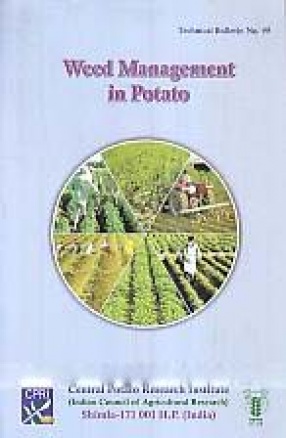
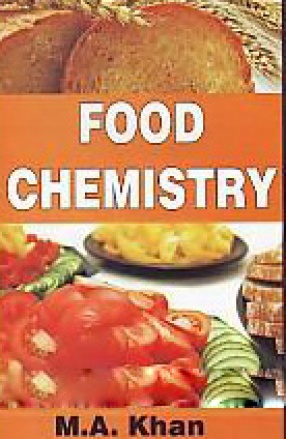
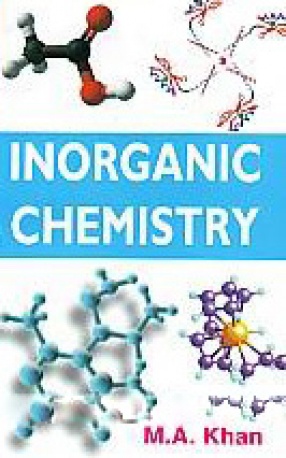

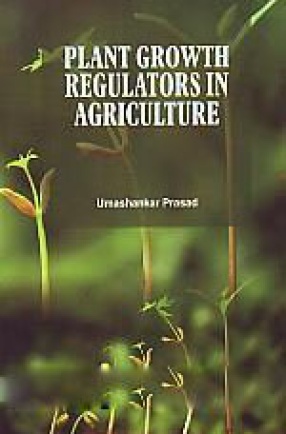

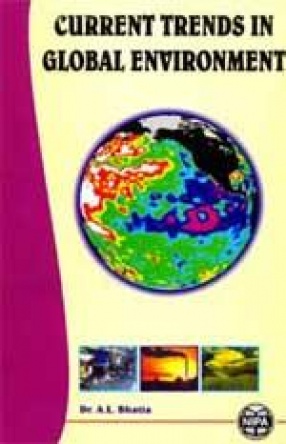
There are no reviews yet.